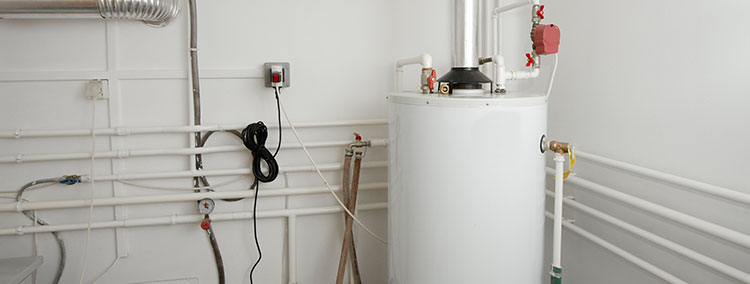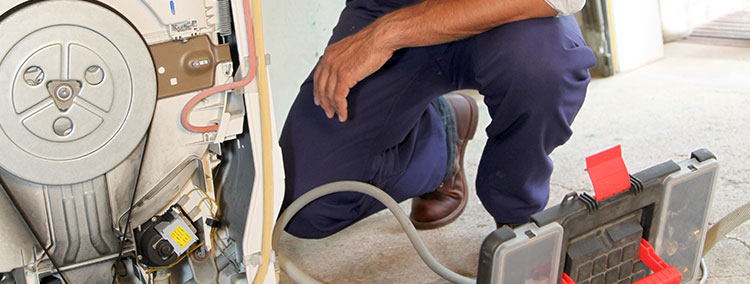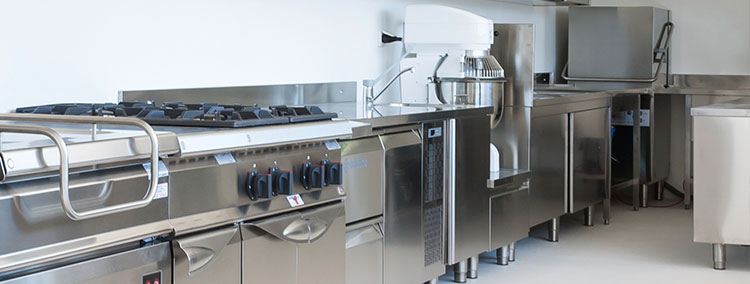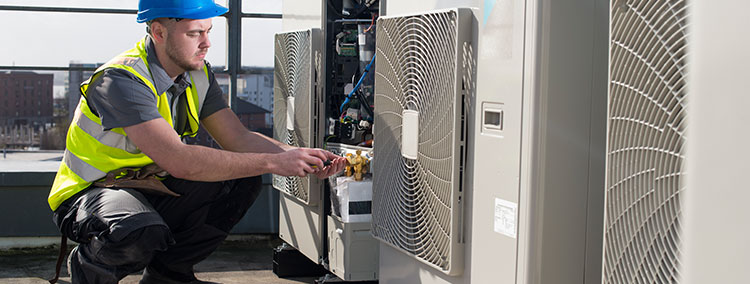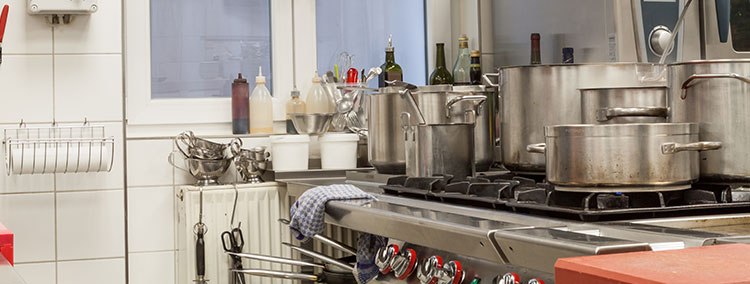With everyone looking for ways to save money and make the most of their appliances, having an appliance breakdown is something you don’t want.
Fortunately, you can do several things to ensure your appliance is always in tip-top shape. To help you out, here are ways to ensure that your washing machine, dishwasher, microwave, and other appliances are in great working order.
Washing machine
When you don’t clean your laundry efficiently, it results in stains and stinky garments.
This is likely due to overloading the appliance, which makes it harder for the water and detergent to work effectively. Using too much detergent can also cause the machine to clog, reducing lifespan.
To ensure that your appliance is in tip-top shape, fill it to around 80% capacity; your hand should be able to fit in the drum on top of your garments.
To avoid the washing machine from becoming unbalanced during the spin cycle, washer repair experts recommend that you distribute the clothes evenly in the drum. Remember that an imbalanced load might cause the machine to shake excessively, causing damage to the machine.
You also should reduce the quantity of detergent you use and clean your washing machine deep every few months to remove any residue from detergent or garments.
You should follow the detergent manufacturer’s instructions. Too much detergent might result in excessive suds and residue buildup, while using too little may leave your clothes unclean.
A “cleaning” or “maintenance” cycle is available on many washing machines. Run this cycle according to your machine’s directions, using hot water, a washing machine cleanser, or a vinegar and baking soda mixture. This aids in the removal of deposits and odors from the machine’s drum and other components.
Dishwasher
If your dishwasher isn’t washing pots and pans properly, it may be tempting to hand-wash them first – but this might waste a lot of water, which can be expensive.
Instead, keep your dishwasher in good working order to guarantee that your dishes come out shining. You also should be on the lookout for foul odors and gurgling noises that could signal a clogged filter.
To clean the filter, take it from the appliance, empty it, rinse it out, and scrape it with an old toothbrush. This will help it capture food residue and clean your plates all the time.
Oven
Most of us use our ovens daily, so seeing smoke billowing from them is frightening. Most of the time, this is due to food and grease residue, which has to be cleaned.
If you recently cleaned the oven, the smoke could be from excess cleaner left in the oven. In this scenario, the best thing to do is to remove the extra cleaner using a vinegar and water solution.
After fully cleaning your oven and stopping smoking, leave at least 3 inches of distance between food and heating elements.
Also, don’t put food directly on the oven racks because it shortens the time between deep cleans.
Microwave
Despite their small size, microwaves require more frequent cleaning than other appliances due to the possibility of tenacious stains and foul odors.
After using your microwave, wipe it clean with a microfibre towel to avoid any splashes or spillages from drying and becoming more difficult to remove
You can also use small amounts of vinegar to assist in removing food spills.
Using baking soda to remove odors from your microwave is also an excellent way to go about it. Combine water and baking soda in a big microwave-safe basin and heat on high for 5 minutes, being careful not to boil the solution.
Tumble dryer
Tumble dryers sometimes struggle to get hot enough or fail to heat up over time. This may not always imply that it needs to be repaired but rather that it needs to be cleaned out.
Poor circulation can lead tumble dryers not to heat up effectively. This is commonly caused by a buildup of soggy lint from fluff and fibers that fall off your clothing when flung around inside the appliance’s drum.
To keep your appliance in top working shape, make sure that you clean your filter after each cycle to allow the air to circulate properly within the dryer and effectively dry your clothes.
You also must clean the condenser box if you have a condenser dryer. You remove the box and empty the water into your sink.
Fridge freezer
Fridge freezers have a lengthy lifespan, but if yours is suddenly warmer than it should be, there could be an issue.
This could be due to something preventing the door from closing correctly, such as food lodged in the seal or a fridge freezer that is too full.
To keep your appliance in top working shape, avoid overfilling the device, as this can limit circulation in the fridge freezer, resulting in temperature changes.
You also should 0rganize your food products properly. Keep the necessary products together in labeled containers. This lowers the time the door is open, which helps keep the temperature stable.
Also, defrost the appliance twice yearly to maintain routine maintenance and eliminate the need for repairs.
If possible, have an appliance repair Springfield professional perform an annual maintenance check. They may find problems you overlooked and do more in-depth maintenance activities.
When hiring repair professionals, don’t hire just any professional. Hire an experienced one that knows what they are doing.
As a rule of thumb, you should interview the various technicians and ensure they have the necessary experience to diagnose and fix the appliance.
Many homeowners try to save money by hiring the cheapest contractors. This is wrong because most cheap contractors are inexperienced and often end up causing more problems than were there.
The best way to do it is to take your time and find a moderately priced contractor who will give your appliance the service it deserves.
